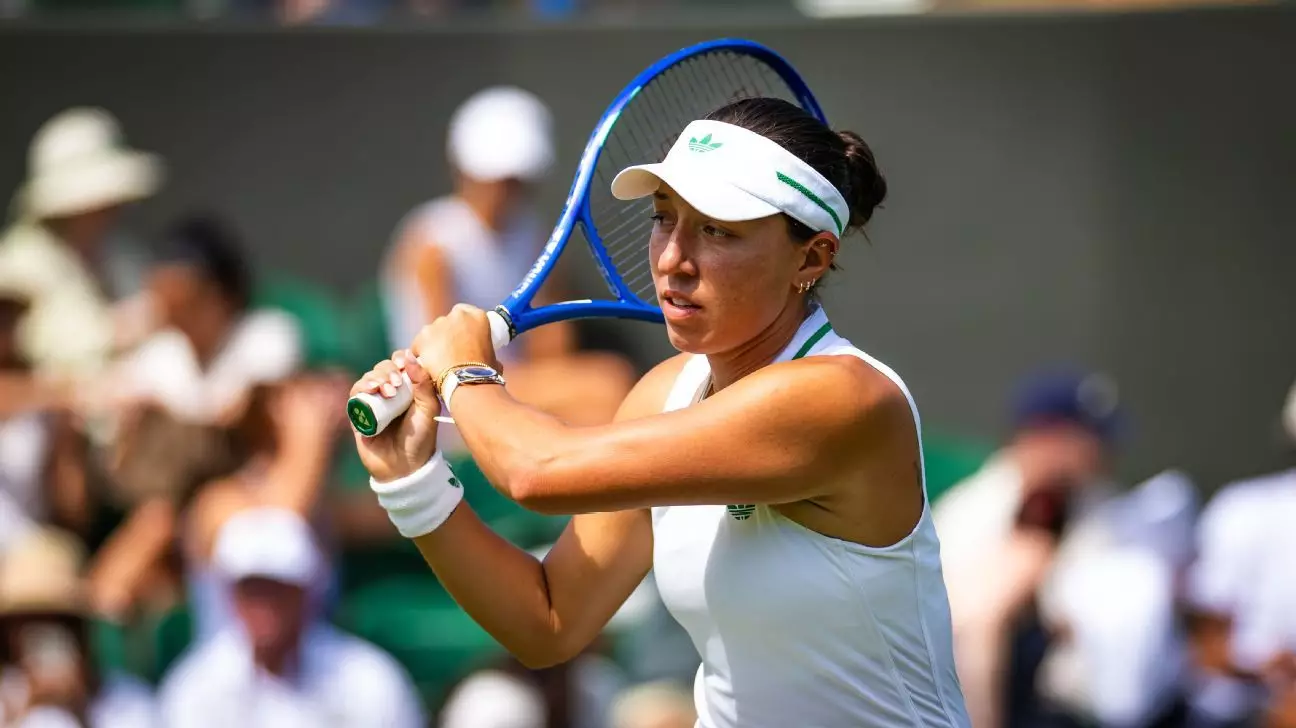The US Open’s decision to overhaul its mixed doubles tournament marks a significant shift in how Grand Slam events approach doubles competition. Traditionally, doubles was a complement to singles, often featuring specialized specialists and evolving partnerships. The latest format, compressed into a two-day event with most matches played over a single weekend, signifies an aggressive move to spotlight the top singles players and boost viewer engagement. However, this radical change has been met with a mix of enthusiasm and skepticism. Purists argue it risks diluting the depth and traditional appeal of doubles by prioritizing star power over balanced competition. Yet, with a lucrative $1 million prize for the winning team, the stakes have never been higher, transforming what was once a secondary event into a high-stakes spectacle.
Strategic Player Moves and the Quest for Magnitude
The last-minute withdrawals of key players like Emma Navarro and Tommy Paul have created a ripple effect, prompting top singles players such as Jessica Pegula, Jack Draper, and Jannik Sinner to scramble for new partners. Pegula, already a formidable force as last year’s US Open women’s singles finalist, teamed up with Jack Draper in a bid to remain competitive. The pair’s combined ranking of 9 indicates their strong chances—if they can forge effective partnerships quickly. Sinner’s need for a partner underscores the event’s emphasis on ranking metrics, but it also exposes the fragility of relying solely on combined rankings for entry. These dynamics suggest that the tournament’s new structure may favor highly-ranked singles players more than traditional doubles specialists, potentially reshaping the landscape of mixed doubles participation.
Wild Cards and the Shadow of Controversy
Not all teams have earned their spots through rankings; several have been granted wild cards, leading to palpable tensions among traditionalists who question the fairness and integrity of the selection process. Notably, defending champions Sara Errani and Andrea Vavassori received a wild card, but their criticism of the new format reveals a broader debate: Will this revamped event genuinely elevate doubles competition or simply serve as an exhibition for top hybrid teams? The inclusion of legendary names like Venus Williams and Reilly Opelka, as well as rising stars like Mirra Andreeva, adds intrigue but also highlights the tournament’s prioritization of star power over potentially more balanced pairings. Ultimately, the wild card system emphasizes celebrity appeal—though it risks undermining competitive legitimacy.
The Future of Doubles in the Grand Slam Ecosystem
This reimagined format signifies a strategic gamble by the US Open organizers: rallying interest among fans eager to see top singles players cross over into doubles under the theatre of a condensed schedule. While it promises excitement and a new kind of high-stakes drama, it also raises questions about the sustainability of pure doubles specialization. Will this new model encourage more players to participate in doubles, or will it marginalize dedicated doubles athletes? The success or failure of this experiment could influence other majors to follow suit or resist such drastic upheavals. Regardless of the outcome, what is clear is that the US Open is willing to challenge convention to redefine the sport’s entertainment value—an audacious move that could herald a new era for mixed doubles, for better or worse.


Leave a Reply